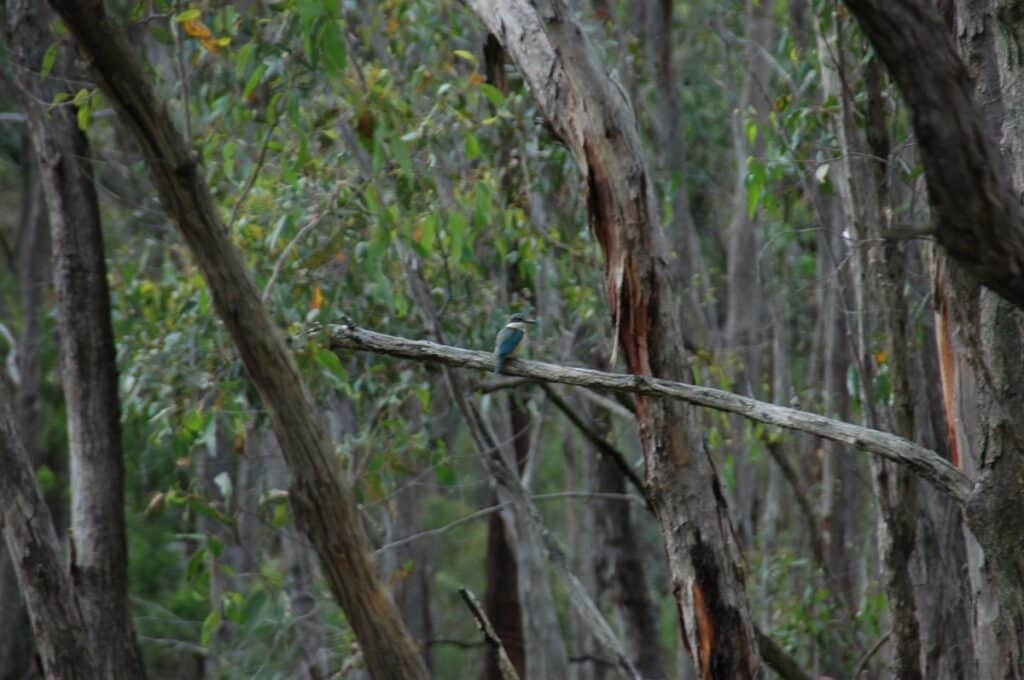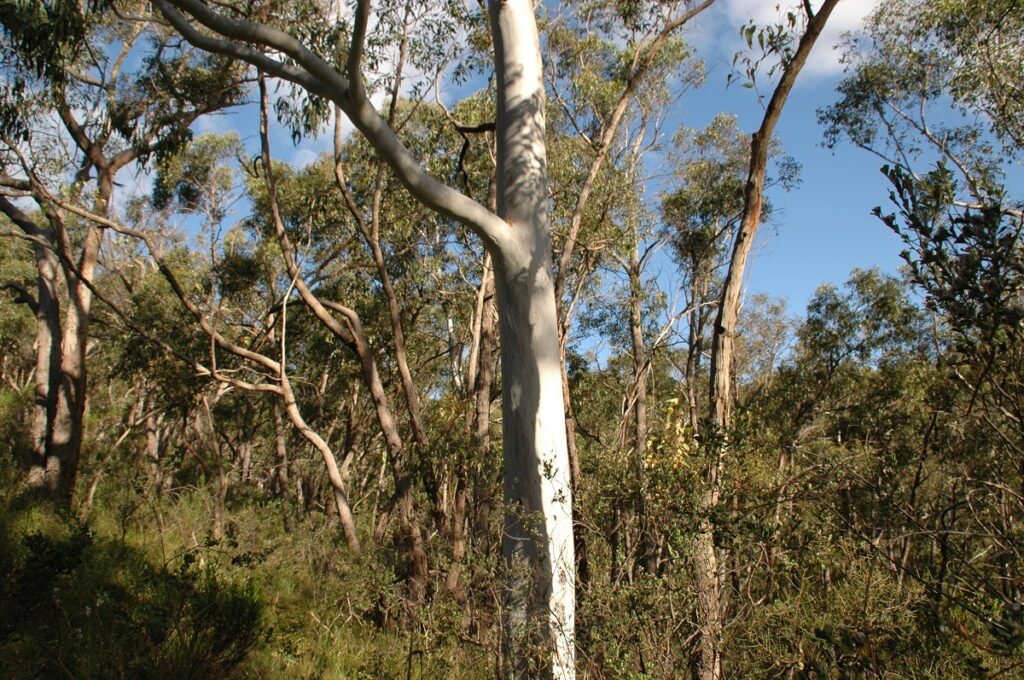Alister and Jackie are the owners of Karrawatta, a sanctuary located approximately 15km east of Adelaide. The property is a dedicated wildlife sanctuary currently used for wildlife rehabilitation, and it is Alister and Jackie’s intent to enhance the property’s habitat value in general, maintain the remnant bush present by removing invasive species, and rehabilitate small degraded areas. The property is cared for under the guidance of a management plan and a native vegetation Heritage Agreement has been granted which protects it as a nature refuge in perpetuity. The property is part of a larger contiguous patch of intact remnant vegetation, which acts as a crucial corridor for threatened species.
The sanctuary covers 7.5 hectares of remnant woodland forest in the Mt Lofty ranges, with bushland in good condition and featuring minimal invasive species and active management. The predominant vegetation type is Eucalyptus obliqua woodland with an open sclerophyll shrub layer and a grassy sedge understorey. 143 species of flora have been identified on the property, with 16 species of conservation significance including east coast wallaby grass (Austrodanthonia tenuior), brown-back wallaby grass (Austrodanthonia duttoniana), mountain white gum (Eucalyptus dalrympleana) and manna gum (Eucalyptus viminalis).
Known wildlife inhabitants of the refuge include 10 species of conservation significance, most of which have been recorded by hidden cameras, and a bird list containing 40 indigenous species. Examples include brushtail possums (Trichosurus vulpecula), yellow-footed antechinus (Antechinus flavipes), southern ringed xenica butterflies (Geitoneura acanthi ocrea), along with bird species such as yellow-tailed black (Calyptorhynchus funereus) and sulphur-crested (Cacatua galerita) cockatoos, white-winged choughs (Corcorax melanorhamphos), fan-tailed cuckoos (Cacomantis flabeliformis), grey currawongs (Strepera versicolor melanoptera), red-browed finches (Neochmia temporalis), scarlet robins (Petroica multicolor boodang) and white-throated tree-creepers (Cormbates leucophaeus).









